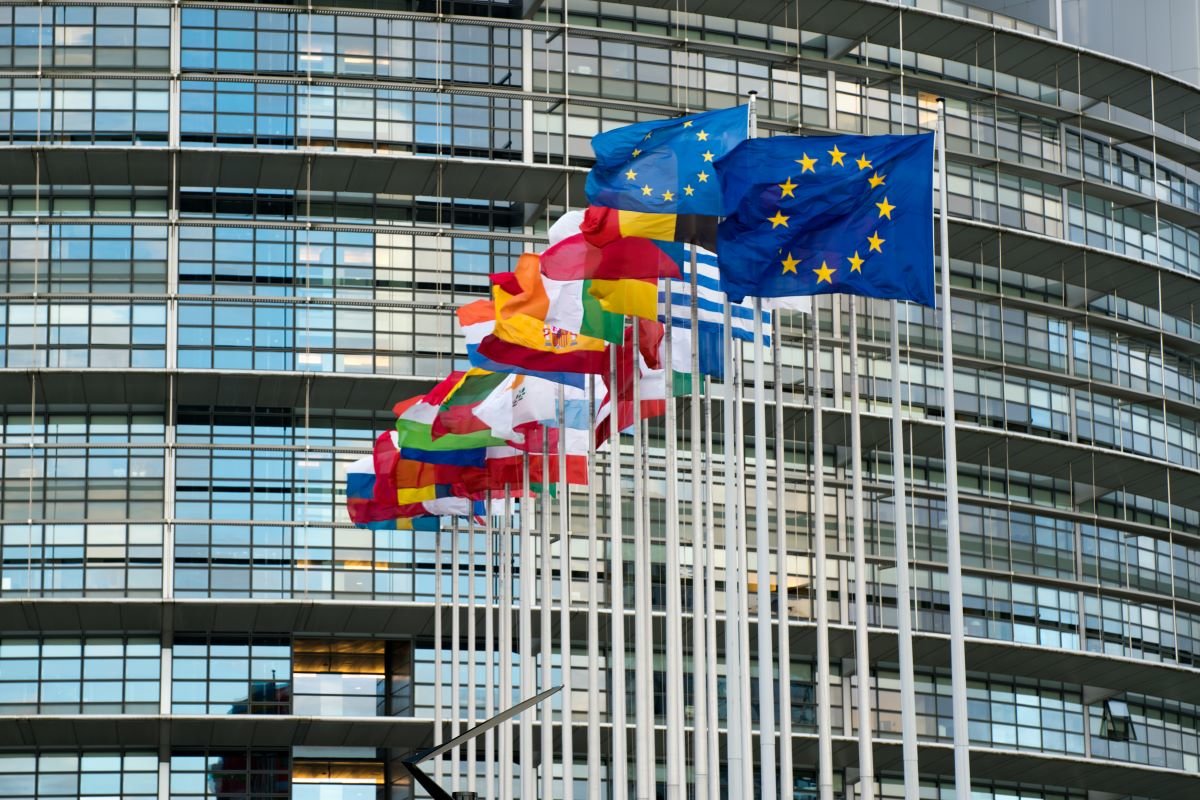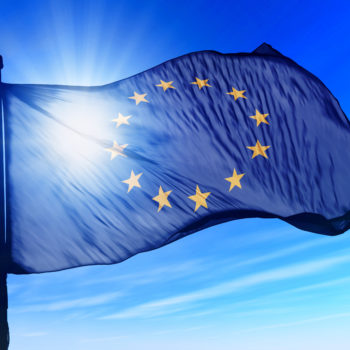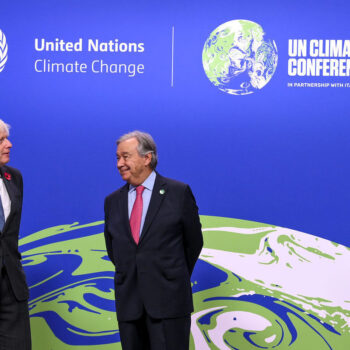A new E3G report shows how to align the EU’s external action and foreign policy with the Paris Agreement and the European Green Deal. By assembling research previously carried out on the issue and fresh ideas on how to mainstream climate action into EU foreign policy, it shows that a renewed EU foreign policy could accelerate the transition towards a climate-just world for all.
The UN climate conference in Glasgow, COP26, kept open the possibility of accelerating climate action in the coming years. However, COP26 decisions on faster emissions cuts, scaling up finance for adaptation, and opening dialogue on mechanisms to address loss and damage barely nudged the trust deficit. Besides, the conference ended with important gaps in cooperation and financial and technical support. As a result, without game-changing cooperation, we won’t be able to close the gaps to a climate-just world this decade.
Nevertheless, the EU, with its economic power, excellent diplomatic standing, and pre-existing ties when it comes to development cooperation, is in a unique position to help close these COP26 gaps. But how can we use this potential? This study, commissioned by the Greens/EFA group in the European Parliament, aims at answering this question.
Launch event
The report was presented on Wednesday, 8 December in an online webinar.
View the recording of the launch event here.
Key recommendations: 3-year ‘Fast start programme’ to align EU’s external action with the Paris Agreement
Align
First, ensure every aspect of EU external action and foreign policy supports the implementation of the Paris Agreement.
- “Climate corps”: Significantly increase EU diplomatic capacity to match the growing priority of climate action. Including ‘climate certifications’ training and more dedicated staff.
- An EU “Climate Implementation envoy” would coordinate the delivery of a ‘Fast start programme’ and engage at the Ministry of Economy and planning-level in the co-development and resourcing of green, resilient, and just development pathways with Eu partners.
- Leverage Parliament’s budgetary oversight to ensure EU resources support climate efforts, including through an annual “State of External Climate Action” report.
- Establish a regular dialogue on the progress of the ‘Fast Start Programme’ between EU27 foreign affairs, environment, development, and trade/economic ministers to facilitate joined-up action.
Co-develop
Then, make the “Global Gateway” initiative the beacon of a positive European offer to co-develop just, green and resilient recovery and development pathways.
- Establish and staff a central “Global Gateway” hub under the “Climate Implementation Envoy”. It should be a forum for dialogues with partners, focused on co-developing green and resilient economic transition pathways. Additionally, it could support partners in accessing and mobilising resources (funds and technical expertise) to implement these.
- Invest as much in green transition abroad as at home (currently 30% of Eu budget, or €360 billion).
- Leverage the experience of the European Investment Bank and European Bank for Reconstruction and Development in engaging regional and local public banks.
- Integrate human rights and gender equality considerations into co-development dialogues, as well as in due diligence processes.
Support
In addition to that, mobilise the “Global Gateway” initiative as the main vehicle for aligning support and engagement with key partners and regions.
- Support access to funding for green and resilient transition and recovery in major emerging economies (Indonesia, India, Vietnam, South Africa).
- Work with least-developed and middle-income “petro-states” to invest in green and resilient development pathways. Focus on partners in the EU Neighbourhood, the Eastern Mediterranean and Africa. Engagement should consider peacebuilding and managing risks around climate impacts, fragility, fiscal vulnerability and social tipping points.
Protect
Finally, use Paris-alignment of EU external action to protect European economic and security interests and uphold EU values. Including gender equality and human rights.
- Prioritise resilience and adaptation across development, foreign, security and humanitarian aid action—and invest accordingly. Consistently address climate int he EU Strategic Compass, prioritising foresight capability on climate risk; Lead the way in equal public finance for adaptation as mitigation and get behind making global financial architecture (i.e. IMF, MDBs) fit for investing in resilience; Engage Africa-Caribbean-Pacific partner countries around joint diplomatic priorities in international fora.
- Address gender equality, human rights, development and climate as interlinked objectives in EU external action. And earmarking EU funds for cross-cutting projects.
- Leverage trade relations and EU economic diplomacy to build a climate-ready international economic system. Deepen transition dialogues (and climate risk dialogues) with G20 major fossil producers (Saudi, Russia, Turkey, China, USA); Leverage joint alignment and market power with G7 allies to accelerate deployment of green technologies and align; Navigate the complexity of the EU-China relationship. Cooperate on areas of joint interest (i.e. common green finance standards), particularly in multilateral venues like the G20, while preparing for competition and building due diligence parnerships.
Read the full report on how to align EU’s external action with the Paris Agreement here.
Read the summary presentation of the report here.
Read the executive summary of the report here.
Funded by the Greens/EFA Group in the European Parliament.


